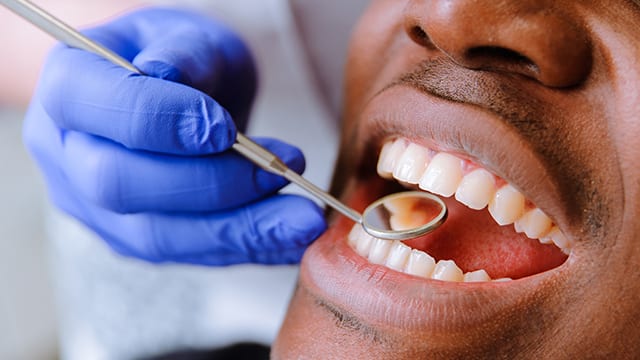What dental materials are used to make dental models
Without dental models, there is no way practicians could accurately diagnose and treat their patients. Used for a variety of reasons by dental laboratories in New York such as creating treatment plans, designing prosthetics and even demonstrating procedures to patients, they’re a vital part of dentistry.
An Overview of Materials & Techniques Used in Dentistry
A variety of materials and techniques go into creating an accurate and functional dental model for an effective end product.
Plaster & Stone Models
These two materials are the most commonly used when creating dental models. Plaster, as soft white powder which can harden when in contact with water, happens to be relatively inexpensive and easy to work with making it a popular choice. In contrast, stone is more durable and should be preferred for longer lasting models. Both however can be poured into molds to create replicas.
Among these “general” materials, you can account for different types of plaster as well as different form of stone most notably, gypsum and investment plaster. Each specifically tailored for a particular task within dentistry.
Acrylic Resins
Acrylic resins are composed of polymers which are repeating structures of monomers that is then mixed with a liquid monomer. When combined, the chemical reaction triggers a hardening process resulting in a solid material. Known for their strength, durability and versatility, acrylic resins are thus a popular choice.
There are several different types of acrylic resins used in dentistry:
- Heat cured acrylic resins: Requiring specialized equipment and a longer curing process, they’re hardened through exposure to high temperatures for long lasting results.
- Cold cured acrylic resins: Not as strong as heat cured acrylic resins and more prone to shrinkage, they’re hardened through UV light or another catalyst and, have a shorter curing time contributing to their ease of use.
Silicone Rubber

Often used for creating molds or impressions of a patient’s mouth, teeth or both, silicon rubber can also be used to create models. Easily molded and manipulated, silicon rubber can also be applied to other areas of dentistry such as for creating prosthetics and other dental appliances as they fan fit any patients mouth with ease additionally, silicon rubber is a non-toxic material.
Choose the Right Material for You
A dental laboratory, New York based or elsewhere will play a crucial role in the creation of accurate and functional dental models. Plaster, stone, acrylic resins and silicone rubber are among the most popular to ensure accuracy and longevity of the final model.


